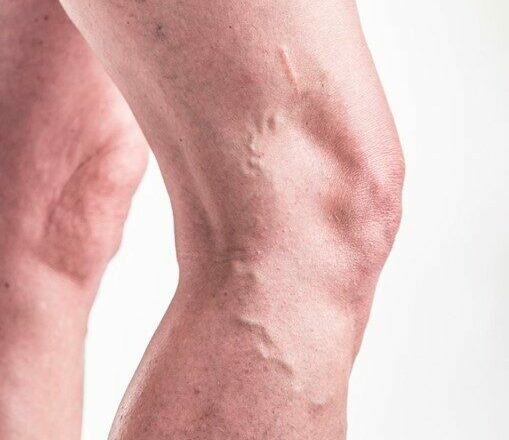
Around 35 percent of Americans experience the challenge of varicose veins, characterized by twisted, blue, or dark purple veins that affect the appearance of the legs. Typically viewed as a cosmetic concern, varicose veins can occasionally signal an underlying venous disorder, potentially leading to significant health complications.
At Tinsley Surgical in Wilmington, North Carolina, our team of vascular experts provides the following comprehensive overview.
About venous disease
Arteries and veins are the blood vessels in your body that are responsible for the circulation of blood throughout your body.
Your arteries send out clean, oxygen-rich blood from your heart to the rest of your body. The veins return blood back to the heart. Each blood vessel has a one-way valve to keep the blood flowing in the appropriate direction.
If, however, the valves in your veins are faulty, the blood doesn’t flow back up to your heart from your legs very well. Venous disease develops when the valves fail in the superficial veins found close to the surface of your skin or the deep veins located in the muscles of your arms or legs.
The issue with varicose veins
Varicose veins are a type of vein disease affecting your superficial veins. Faulty, failing valves in your veins allow blood to flow backward or pool in the vein. When this occurs, you can see the swollen vein underneath your skin.
As you get older or spend a lot of time sitting or standing, you’re at risk of developing varicose veins. Varicosity also has a high hereditary factor. You have a 90% chance of getting varicose veins if both of your parents have the condition.
Varicose veins are also a sign of chronic venous insufficiency — when blood pools in either superficial or deep leg veins.
Symptoms associated with chronic venous insufficiency include:
- Pain and cramping
- Swelling in your legs or ankles
- Leg ulcers
- Varicose veins
- Skin changes
Venous insufficiency is a chronic condition that can cause significant pain and discomfort. Varicose veins may also be associated with serious vein conditions such as superficial thrombophlebitis and deep-vein thrombosis.
About these complications
Thrombophlebitis is a venous condition that develops when your vein grows inflamed, especially because of a blood clot reducing blood flow.
Signs of superficial thrombophlebitis typically include:
- A visible, tender, red vein
- Pain in your limb
- Inflammation and irritation of the skin
- Darkening skin color over your vein
- Hardening of the vein
If you suffer any of these symptoms, you’re also at great risk of DVT, or deep-vein thrombosis.
Thrombosis develops when a blood clot forms in your veins. This venous disease occurs when your blood doesn’t circulate or clot properly.
DVT is especially serious because blood clots in your veins can break off and travel to your lungs, causing a pulmonary embolism. A PE locks blood flow and can cause death.
Signs of deep-vein thrombosis include pain, cramping, or soreness in your legs; red or discolored skin; and a warm sensation. Never ignore these symptoms, but know it is possible to have a DVT without any symptoms whatsoever.
To learn whether you’re varicose veins are cause for concern, contact the practice by phone or request an appointment online. Whether they are a health or purely cosmetic problem, varicose veins can be eliminated and our experts can explain your options.
